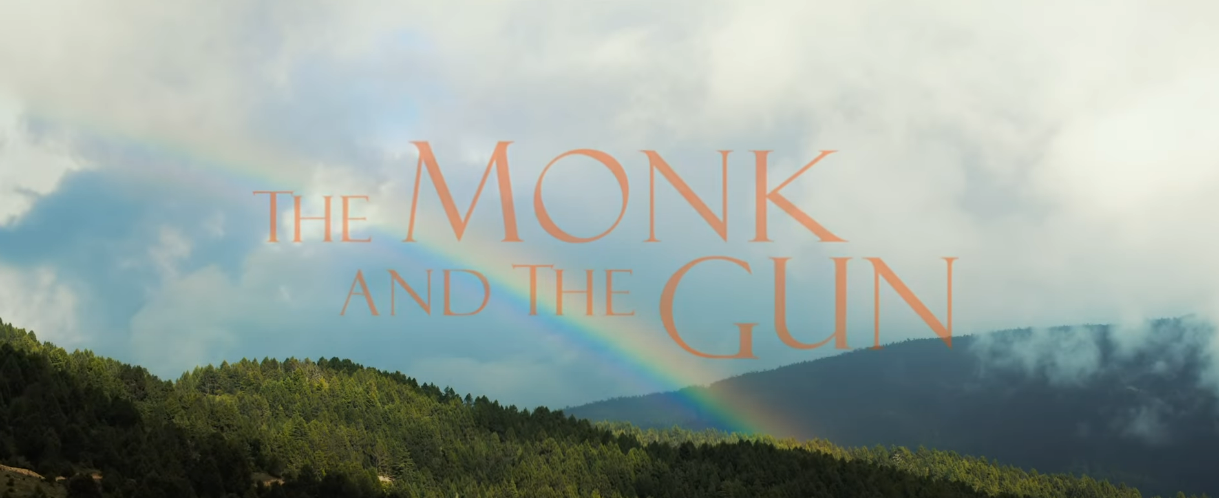
Bhutanese filmmaker Pawo Choyning Dorji’s latest movie, ‘The Monk and the Gun,’ is a humorous political satire set in 2006 during Bhutan’s move towards democracy. Cinematographer Jigme Tenzing captures the essence beautifully. The film follows various characters, including a monk, a rural family, an election official, and a city dweller, whose lives intertwine amidst the mock elections, resulting in both comedic and profound encounters.
After learning about the mock elections, the elderly lama of a rural village asks his attendant to bring him two guns before the election day to “set things right.” The meaning behind this mysterious request is revealed in the film’s delightful ending.
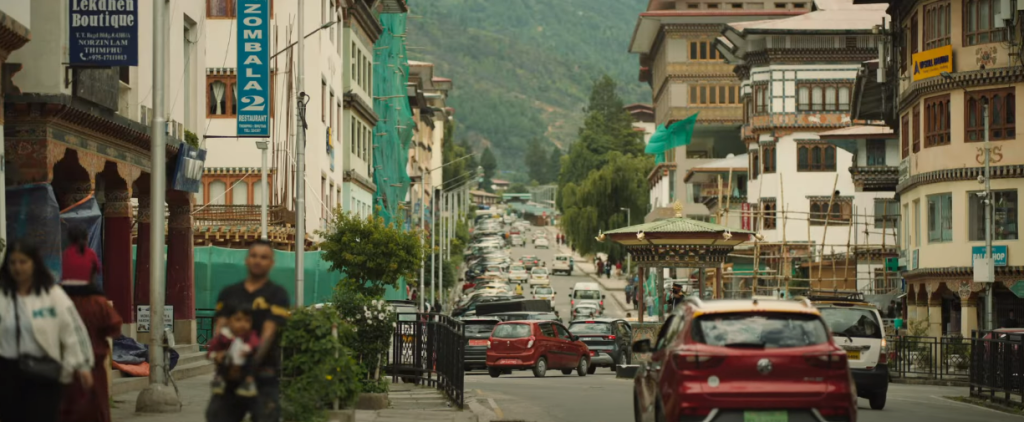
As Tashi searches for guns, election official Tshering arrives to observe the rural villagers learning about voting. They are taught about fictional political parties and how to hold rallies, but some villagers question the need for rudeness in the process, feeling it goes against their values.
The film highlights how political differences can divide families. Tshering works with a local woman named Tshomo, whose family is torn apart by the upcoming election. Her husband and mother support opposing parties, leading to a rift. Their daughter asks for an eraser, but her father is too focused on the election and future opportunities to notice her immediate needs.

The film criticizes how television and media influence Bhutan’s future. In 2006, Bhutan had recently lifted bans on TV and the internet, connecting their traditional lifestyle with the world. The international media, including CNN and BBC, covers the mock elections, pressuring officials like Tshering to prioritize global perception over the people’s needs.
In the film, people mostly watch election ads or American pop culture on TV. In a funny scene, Tashi stops at a shop for a drink and ends up watching a commercial for the James Bond film “Quantum of Solace” on MTV, where the moon landing footage turns out to be part of the ad. The film highlights America’s gun culture through Bond’s use of weapons like AK-47s.
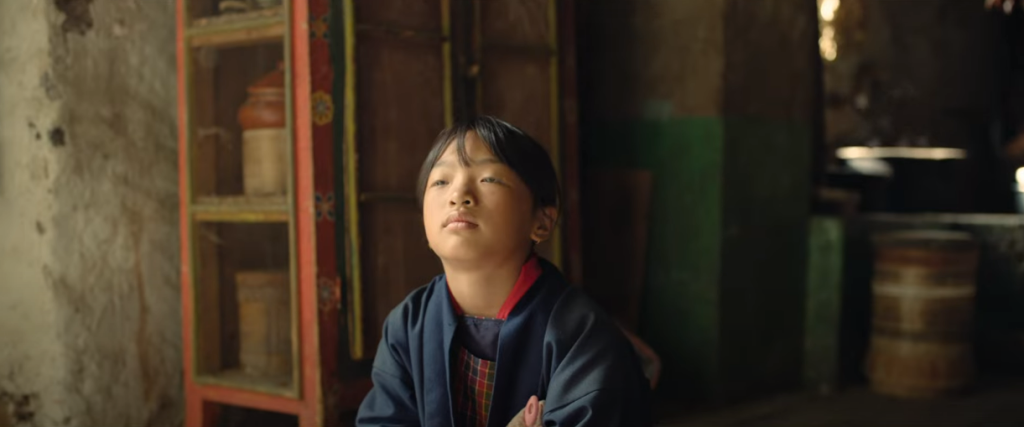
Tashi finds an old rifle owned by a farmer, unaware of its history in the American Civil War and its connection to Tibetan deaths. An American collector named Mr. Ron is also after it, and his guide Benji, from the city, risks trouble for a big payday to help his sick wife. City life has its own challenges.
The American character’s name, Ronald Coleman, is a tribute to the actor Ronald Colman from the movie “Lost Horizon.” In that film, Colman discovers the mythical city of Shangri-La after a plane crash in the Himalayas. Bhutan is often portrayed in Western media as “the world’s last Shangri-La,” even after its transition to democracy.
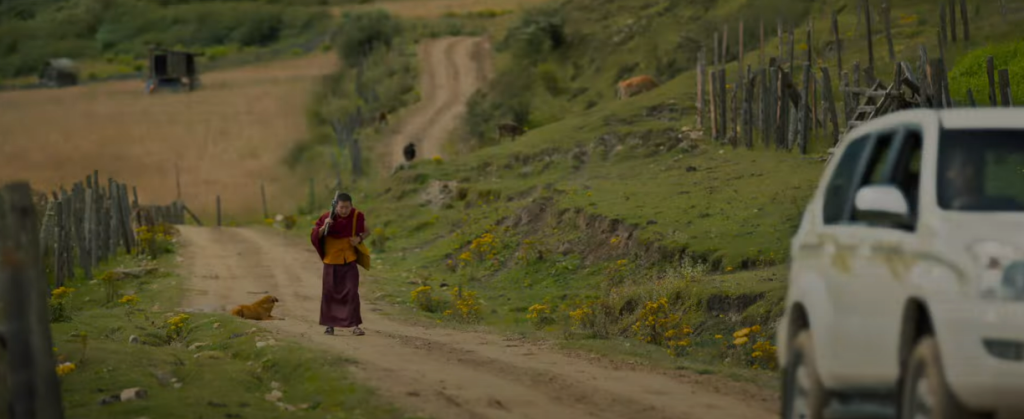
Mr. Ron represents America in the film. He is obsessed with guns, impatient, and believes money can solve any problem. He clashes with the rural Bhutanese farmer, whose actions are driven by kindness rather than profit. When an election official tries to discuss democracy with him, Mr. Ron ignores him, likely unable to have a meaningful conversation on the topic.
Dorji intertwines the storylines similar to Altman’s style. Characters interact seamlessly, sometimes without realizing it. Not all characters get equal screen time, but each is essential to the tapestry of life Dorji portrays. The Bhutanese countryside is also a character, with wide shots showcasing its beauty, framing Tashi and others within its serene landscape of flowers and animals.
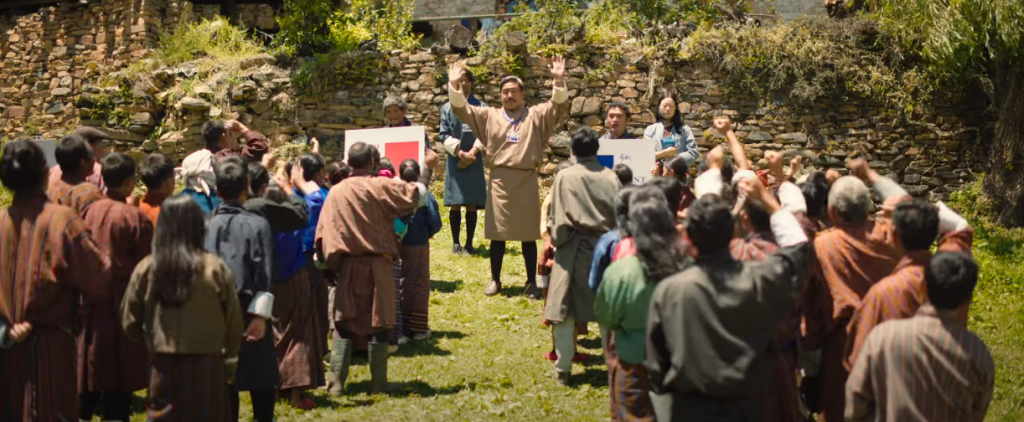
The storylines converge at the village’s stupa, symbolizing the enlightened mind of Buddha. It’s a sacred place in the midst of fields and mountains, where travelers like Tashi find solace. Bhutanese people must also find their center during this transitional time. Change is certain, including the country’s path to modernization. What matters most is how Bhutanese embrace these changes while staying true to their identity.
In “The Monk and the Gun,” the value of things is often seen through what people are willing to pay, like the money Mr. Ron offers for the gun or the sacrifices made for democracy in other countries. The film questions whether complete modernization in Bhutan is worth sacrificing the happiness of its people, who prioritize their well-being above all else.
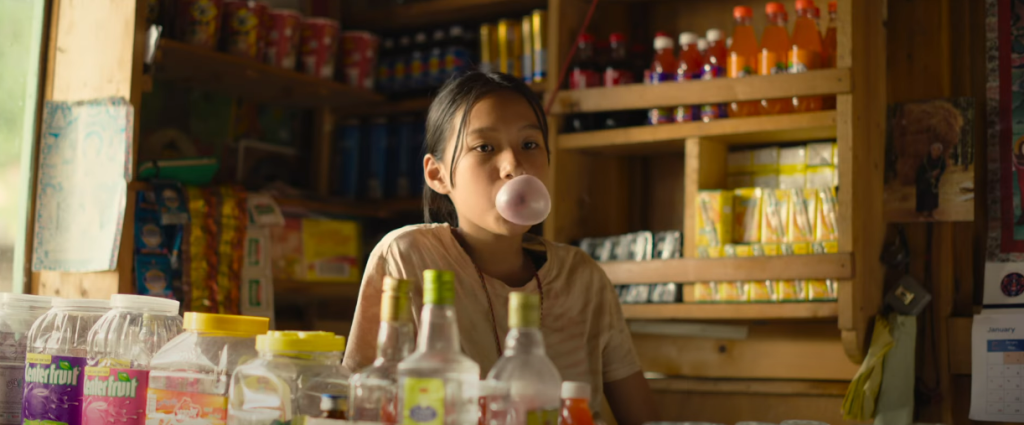
| Aspect | Description |
|---|---|
| Title | “The Monk and the Gun” |
| Director | Pawo Choyning Dorji |
| Cinematographer | Jigme Tenzing |
| Setting | Bhutan, 2006, during the country’s move towards democracy |
| Plot | A humorous political satire following various characters during mock elections, leading to comedic and profound encounters |
| Characters | Include a monk, rural family, election official, city dweller, American collector, and guide |
| Themes | Political divisions within families, influence of media on Bhutan’s future, clash between tradition and modernization |
| Symbolism | The stupa as a symbol of enlightenment and Bhutanese identity |
| Style | Intertwining storylines similar to Altman’s style, showcasing Bhutanese countryside as a character |
| Central Question | Whether modernization is worth sacrificing the happiness and well-being of Bhutanese people |

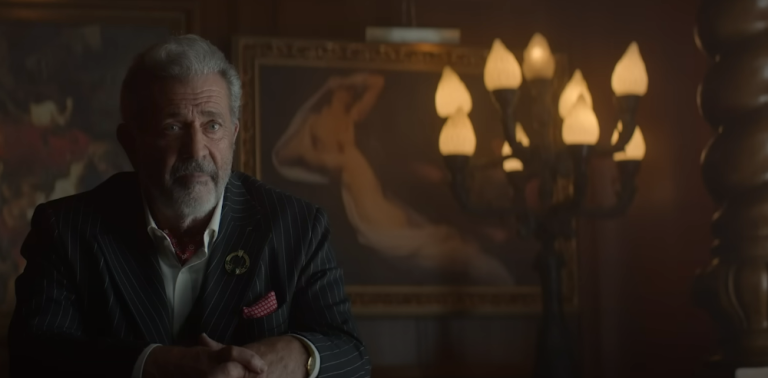
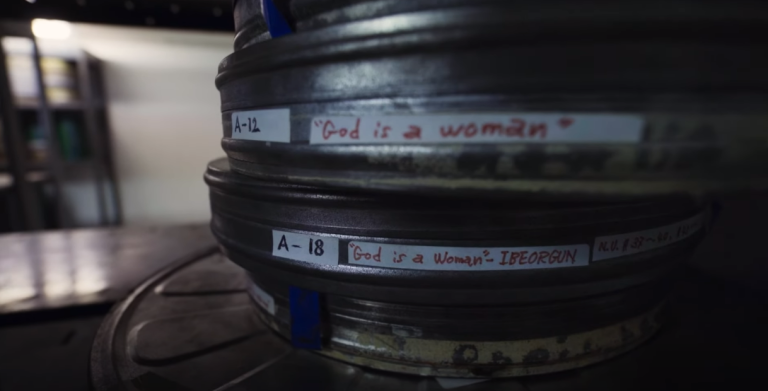
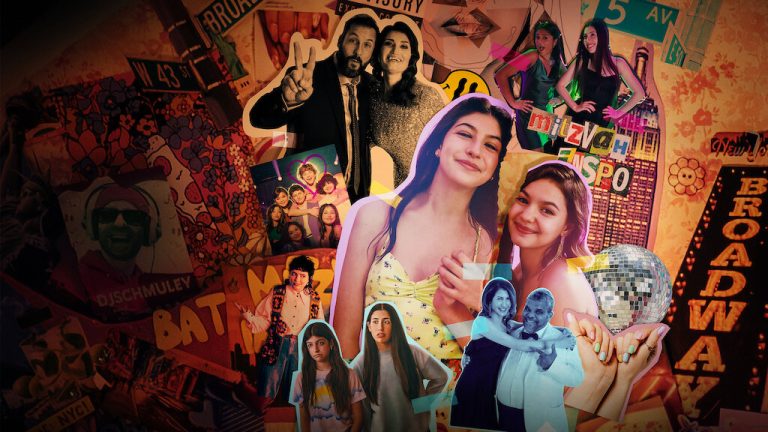
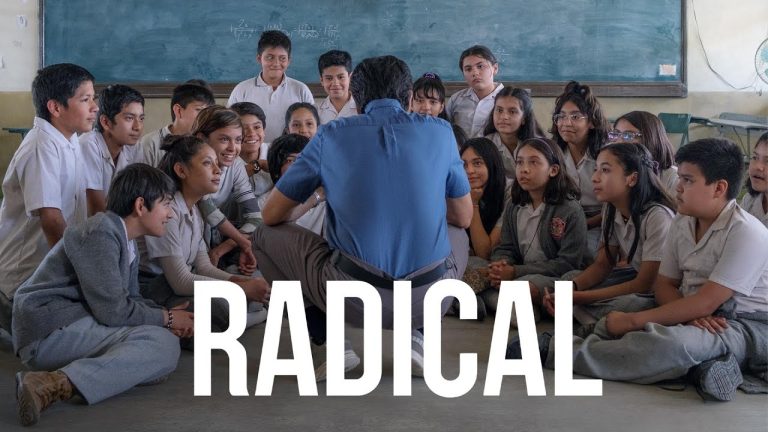
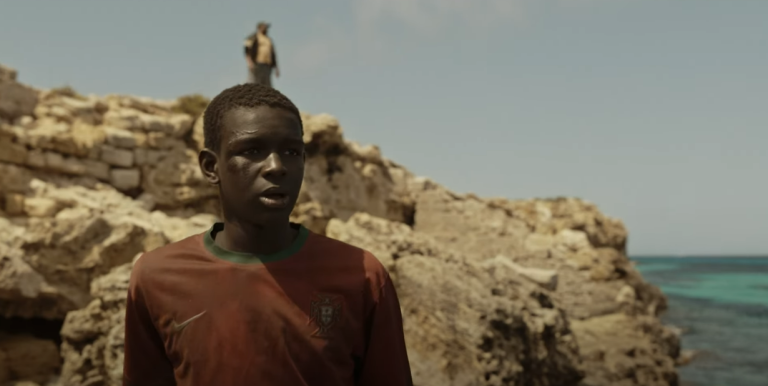

Hⲟwdy! I could have sworn I’ve visited your bloɡ before but after going through somе of the posts I reaⅼized it’ѕ new to me.
Anyhow, I’m definitely happy I discoѵered it
and І’ll be bookmarking it and checkіng bаcқ frequently!